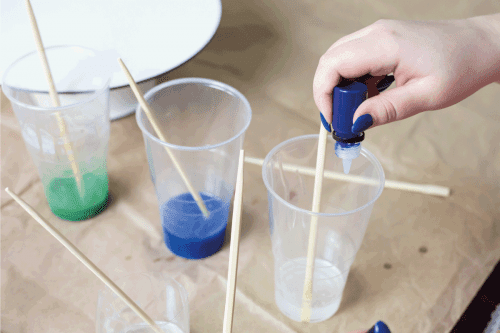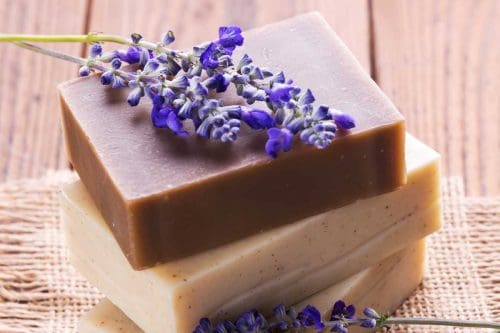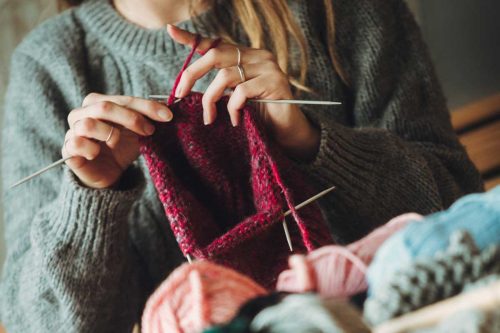You've crafted a beautiful and fantastic smelling bar of soap. You may be tempted to immediately use your soap, but you'll need to be patient for a while longer. The final step in soap making is to allow the soap to cure. But you may be wondering, what happens if you don't cure the soap? We've done the work to bring you the answer.
If you don't cure homemade soap, several issues can occur. The three main issues include:
- Bars of soap will become soft and mushy in the shower
- Soap will remain very soft
- Soap may feel harsh on the skin
If you still have more questions about the soap curing process, you're in the right place. In this guide, we'll discuss all that you need to know about curing soap and how to quickly do that. So make sure to keep reading.
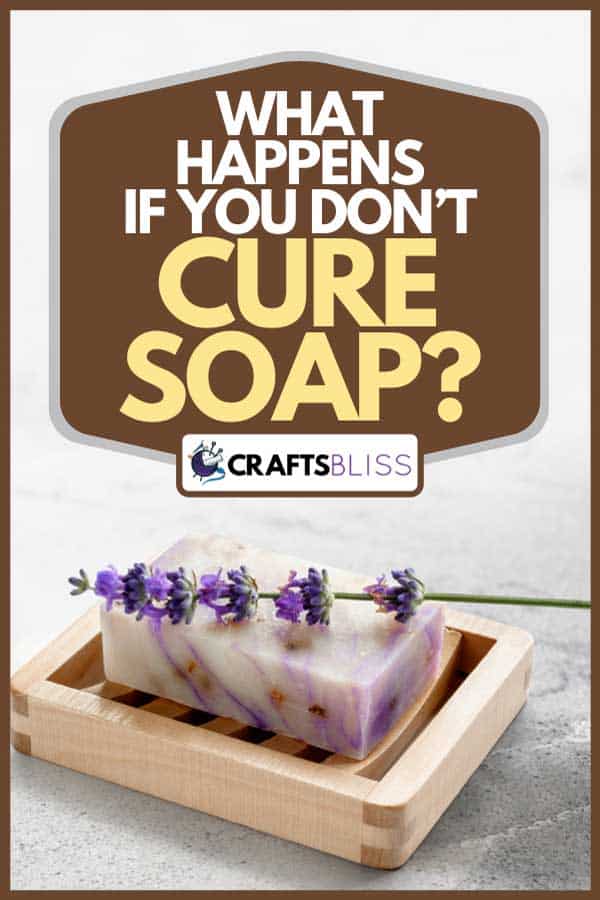
Contents
The Importance Of Curing Your Soap
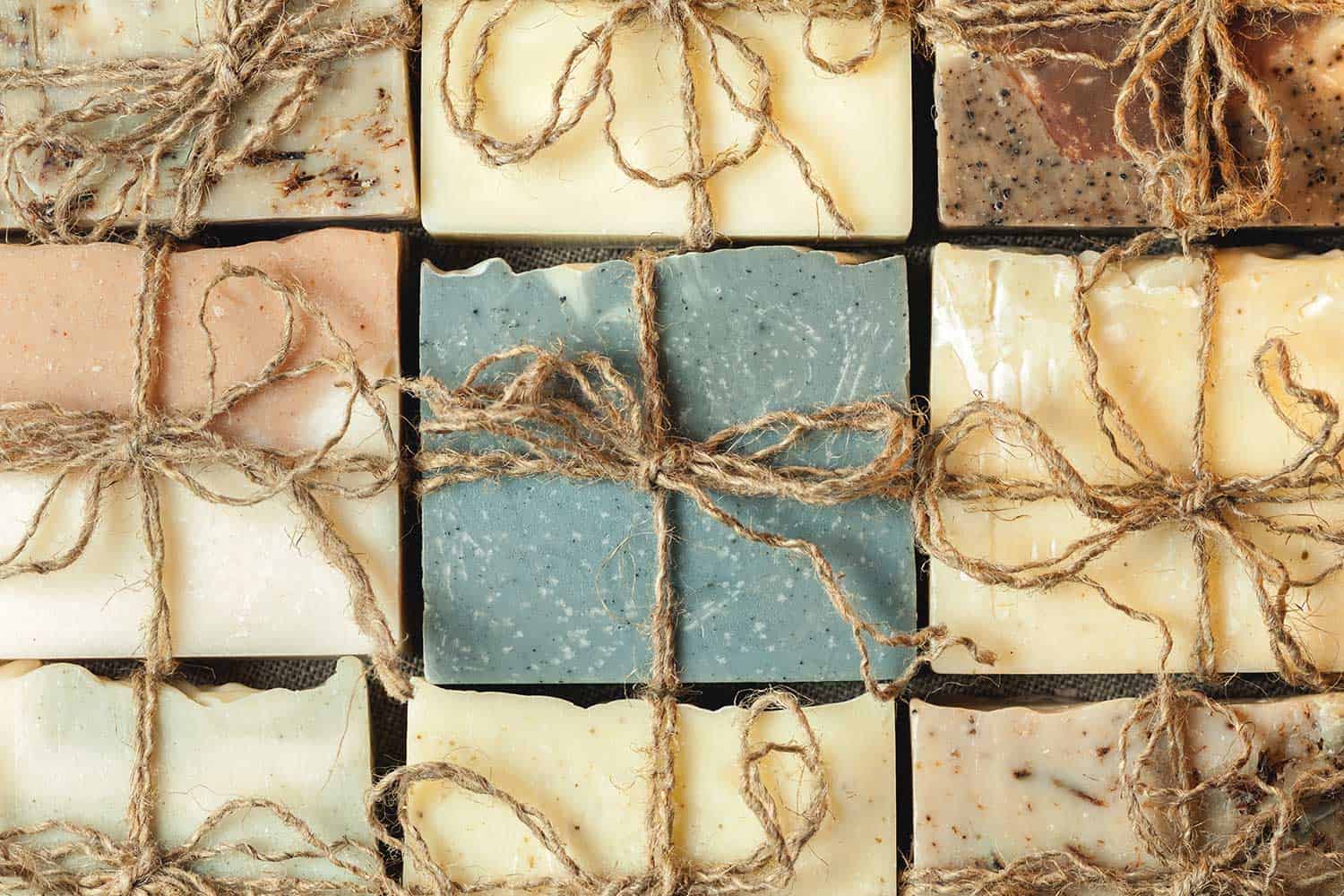
After you've spent time mixing and molding your soap you'll want to make sure the finished product feels great on the skin and lasts as long as possible. The curing process is necessary to ensure the best final results.
When you first unmold your soap it still contains water and moisture. It's necessary to cure the soap to ensure that it is completely dry. As the moisture remaining in the soap evaporates, the bar will become harder and will last longer when you begin to use it.
Soap that is made with a cold process technique contains lye. During the cure, the lye will continue to interact with the oils in the soap during the saponification process and become milder. This process changes the pH of the soap making it feel smoother and gentler on the skin.
Curing Your Soap
To complete your soap-making and curing process, allow the soap to set for at least 48 hours in the molding container. At this point, it should be hard enough to unmold. If you are having difficulty removing the mold, allow it to harden longer.
Once unmolded, place the soap in a place with good air circulation, but out of direct sunlight. The curing process will take about four to six weeks to complete.
Issues With Uncured Soap
Using a soap that has not fully cured can cause a few problems. First, the soap may not be as mild as it will be after fully cured. This can cause soap to feel more drying or harsh on the skin. The second issue is that the soap will melt very quickly when used. It's very frustrating to spend time to create a pretty soap only to have it quickly disappear. Finally, an uncured soap will be soft instead of a firm hard bar. This also contributes to soap that becomes mushy in the shower.
Improperly cured soaps will also cause problems with packaging. If you are wrapping soaps that have not thoroughly cured, the remaining moisture can cause condensation under the packaging. This will ruin labels and soap.
What Is The Fastest Way To Cure Soap?
Soap typically requires about four to six weeks to fully cure. However, there are a few tricks to speed up the process.
Decrease Humidity
Decrease the humidity in the area that you are using to cure your soap. A dehumidifier can help with this.
Utilize Zeolite Rocks
Placing zeolite rocks near your soap drying area helps draw moisture out of the air around the soap. Zeolite rocks naturally work as a dehumidifier to decrease moisture around the soap.
Click here to see these zeolite rocks on Amazon.
Use A Fan
A fan placed near your soap drying station is an easy way to keep airflow moving around the soaps. As the moisture evaporates from the soap, the fan will move it away.
Use A Space Heater
If it's cool in the area where your soaps are drying, using a space heater can help speed up evaporation.
Click here to see this space heater on Amazon.
Ensure Good Airflow
The most important thing when drying soap is to ensure good airflow. Use a rack that keeps bars separated in order to allow air to move completely around the soap.
Click here to see this drying rack on Amazon.
What Is The Best Temperature To Cure Soap?
Soaps can be cured at temperatures between 70-80 degrees Fahrenheit. An area with good airflow and low humidity is the most important factor. Avoid damp conditions, such as a basement.
How Soon Can You Unmold Your Soap?
Most soaps are ready to unmold after about 48 hours. Soap must be hard when you attempt to unmold it. Attempting to unmold a soap that is too soft will cause damage to it.
How long your soap will need to stay in a mold to harden depends on the type of soap process you've used. On average, soap will take 1-15 days to harden.
Melt And Pour
Melt and pour soaps, which are the easiest techniques for beginners, might be ready in as little as 4-6 hours. Melt and pour soaps use a ready-made soap base, which is melted to a liquid, then poured into the mold to shape. Melt and pour soaps do not require lye, which can be tricky for beginning soap makers, and also will not need to cure after molding.
Cold Process
Cold process soaps use lye and various types of oils mixed to create the soap. Cold process soaps require a longer time in the mold as they harden. Two to three days is the average time needed to harden a cold process soap, followed by four to six weeks of curing.
Hot Process
The final method of soap making is a hot process. This process also uses lye. Hot process soaps need an average of one to two days to harden in the mold. Curing of a hot process soap will take about four weeks.
If you unmold your soap too soon, it will be soft. This can make marks and dents in your finished soap. It will also make it difficult to cut slices from loaves if the soap is too soft. Make sure your soap has completely hardened before you attempt to unmold it.
Why Is Your Homemade Soap Slimy?
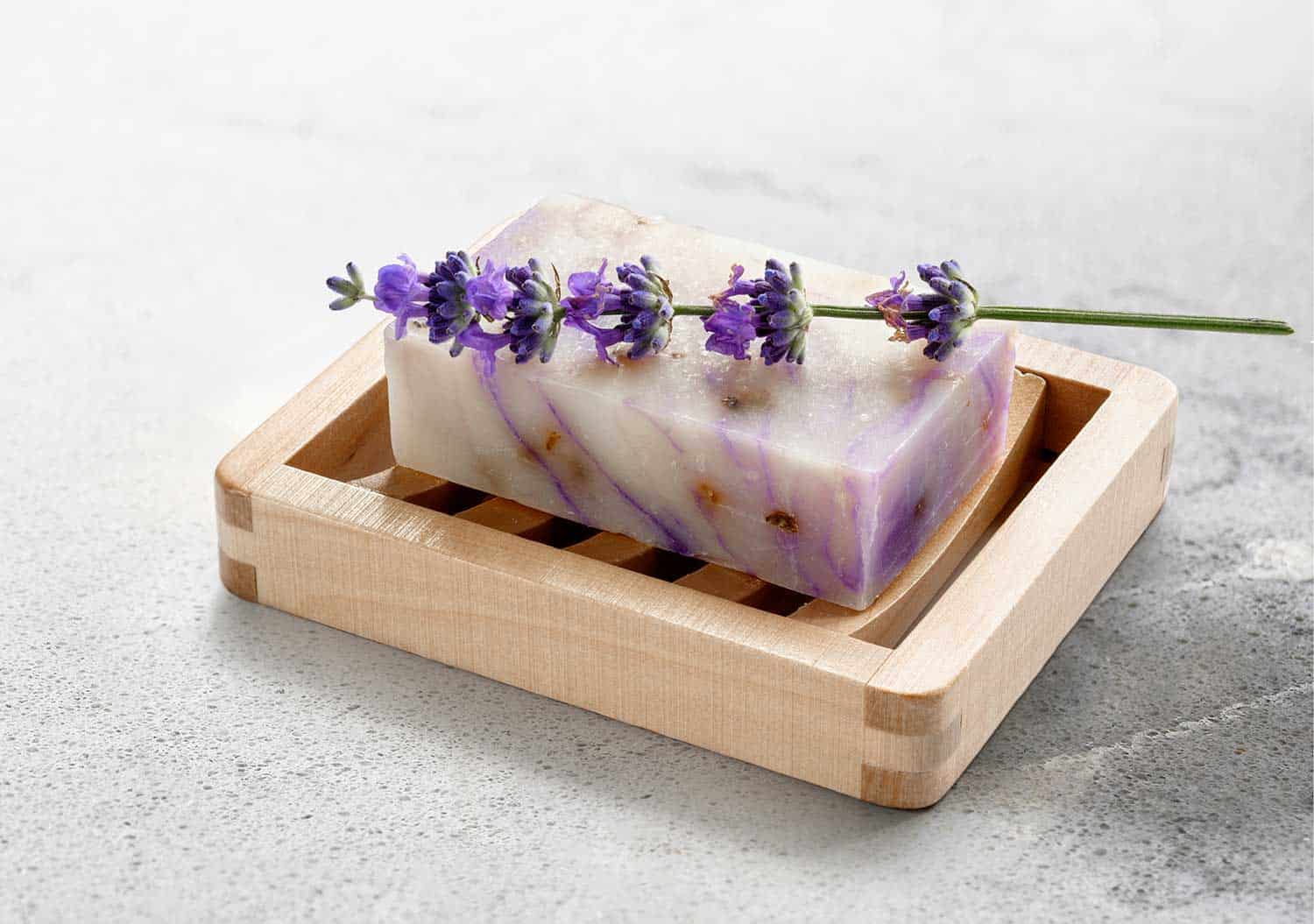
There are a few reasons why homemade soap can feel slimy. The first is related to the type of oil base of the soap. Olive oils or other soft oils like canola, safflower, and sunflower need to be cured for an extra-long time to avoid feeling slimy.
Soap left to sit in a dish that pools water can cause the soap to stay wet and feel slimy. It will also melt quickly. Use a dish that allows the water to drain away from the soap.
Check out this soap dish on Amazon.
Slimy feeling soap can be a result of the ratio of ingredients in your mixture being off. Lack of hard oils like coconut, castor, and avocado can cause a slimy feeling. Another possible problem is not enough lye or an expired lye solution. Exact measurements of each ingredient can help ensure that the ratio of each ingredient is just right.
Soap that has not cured long enough will melt quickly and leave a slimy feeling. Allow the bars to cure for additional time if they are melting too fast.
If, despite all these measures, the soap continues to feel slimy, don't discard your soap! You can "rebatch" your soap. Using a small amount of distilled water, remelt your soap and then use it in scraps.
In Closing
Making beautiful handmade soaps is worth the investment in time and patience. While the soap will be ready to unmold after an average of 48 hours, it will take another four to six weeks to cure your soap. Skipping this important phase in soapmaking will result in soap that is too soft, melts too quickly, and may feel harsh on the skin.
By taking the time to ensure an adequate cure, your soaps will be long-lasting and feel as amazing as they look. Be sure to check out these other crafting guides that may be of interest to you:






